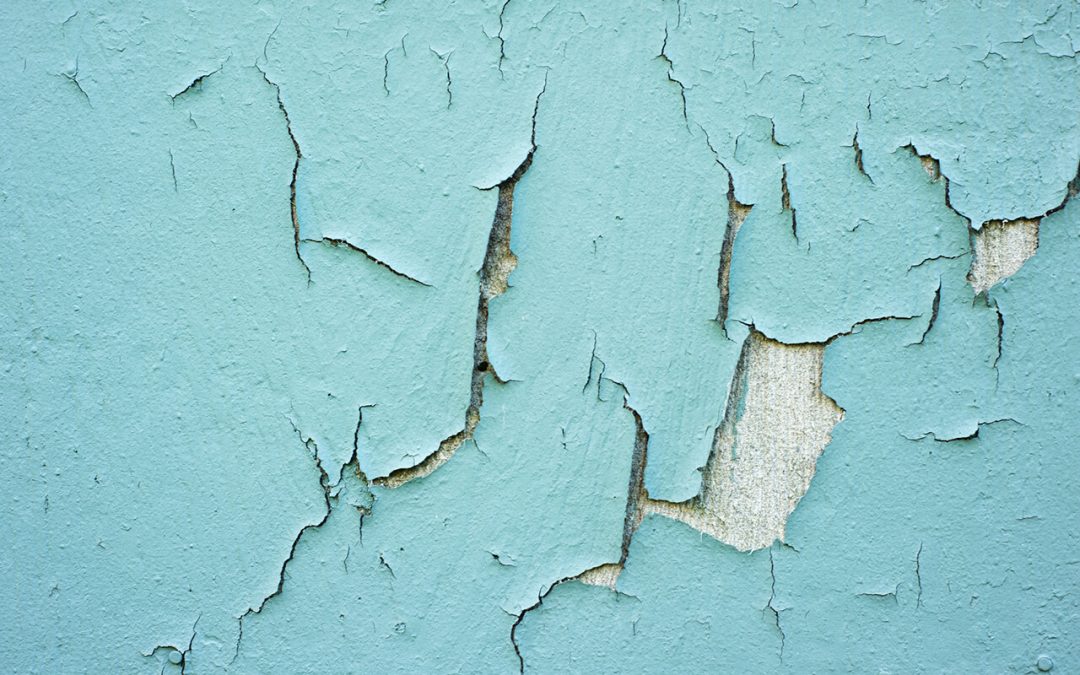Your home is supposed to be your safe haven, but did you know that common hazards lurking in many homes pose serious health risks? From lead paint to asbestos, carbon monoxide, and radon gas, here’s a rundown of some of the most common health hazards in the home and what you can do to mitigate them.
Health Hazards in the Home: Lead Paint
If your home was built before 1978, there’s a good chance it contains lead paint. Before lead was banned from household paints in 1978, it was commonly used because lead gives the paint a bright, consistent color and makes it more durable. Unfortunately, we now know that lead is a neurotoxin that can cause developmental delays, learning disabilities, and behavioral problems in children. It can also cause organ damage, high blood pressure, and reproductive issues in adults. If you live in an older home, have your paint tested for lead and mitigate lead paint that is peeling or flaking.
Carbon Monoxide
Carbon monoxide is a colorless, odorless gas produced whenever fuel is burned, meaning homes with gas stoves or furnaces are at risk for carbon monoxide leaks. Because you can’t see or smell carbon monoxide, it’s essential to install alarms near potential gas sources (such as furnaces, water heaters, and fireplaces) and in common areas like hallways and bedrooms.
If a carbon monoxide alarm sounds, evacuate the home and call the gas company or emergency services.
Asbestos Materials are Health Hazards in the Home
Asbestos is a mineral fiber that was once commonly used in insulation, flooring materials, shingles, pipes, siding, and other construction materials because of its fire-resistant properties. Unfortunately, we now know that asbestos exposure can lead to lung cancer and other respiratory illnesses. If you live in an older home, have a professional test for asbestos and remove materials that contain it.
Exposure to Radon Gas
Radon gas is produced during the breakdown of uranium and other radioactive materials in the earth. The gas enters homes through cracks in the foundation or other openings. Once inside, it can accumulate on lower levels of the house, sometimes reaching dangerous levels and increasing your risk of lung cancer. Because radon is odorless and colorless, the only way to know if your home has elevated levels is to test for it. Hire a radon professional to perform a test. You’ll understand if radon is a threat and learn if you need to take action to make your home safer.
Although health hazards are in many houses, there are also many ways to mitigate them. By being aware of these hazards and taking proactive steps to address them, you can help create a haven for yourself and your family.
Golden Rule Home Inspections offers inspection services and radon testing to customers in Lee, Collier, and Charlotte Counties. Contact us to schedule an appointment.

